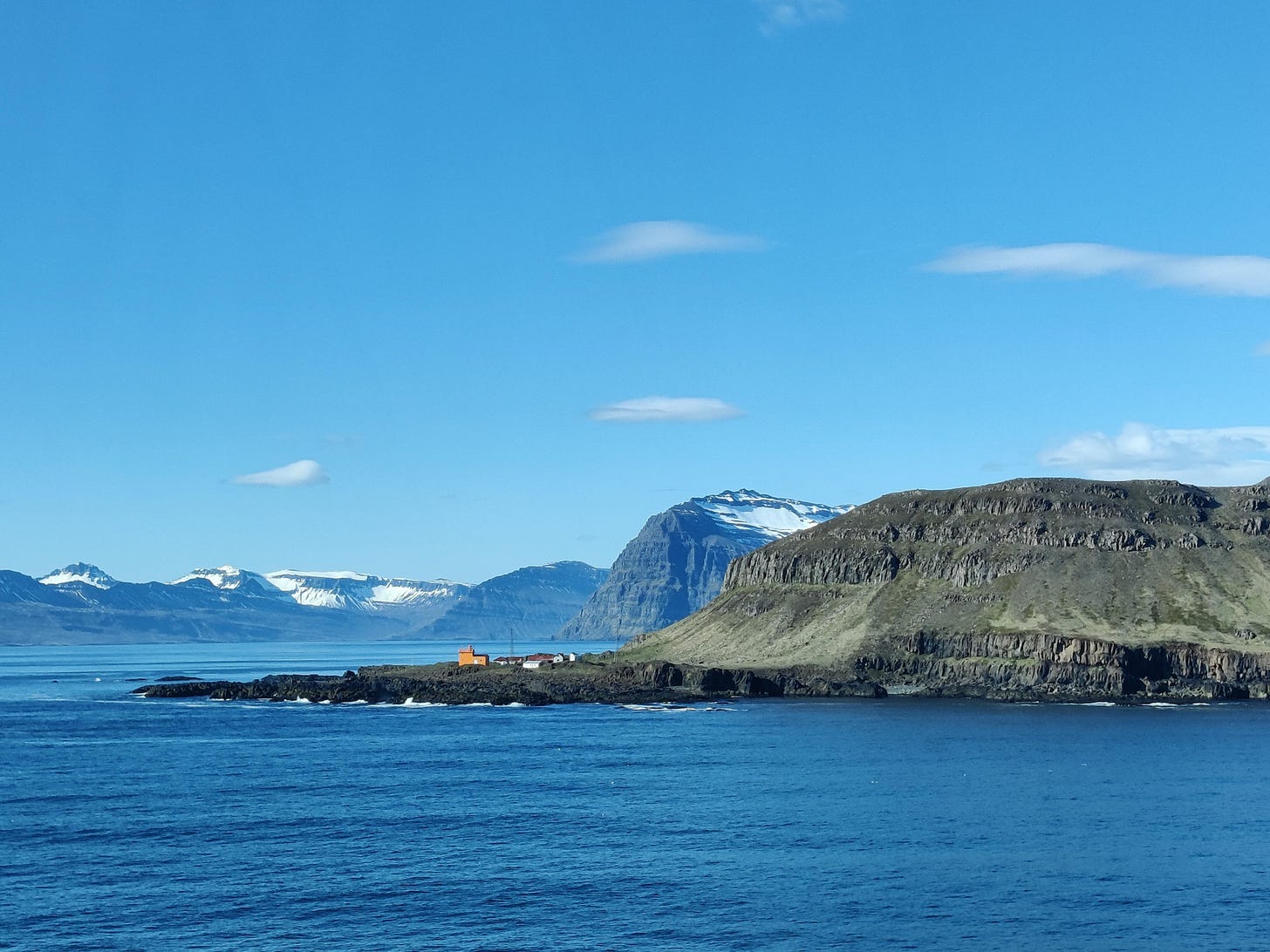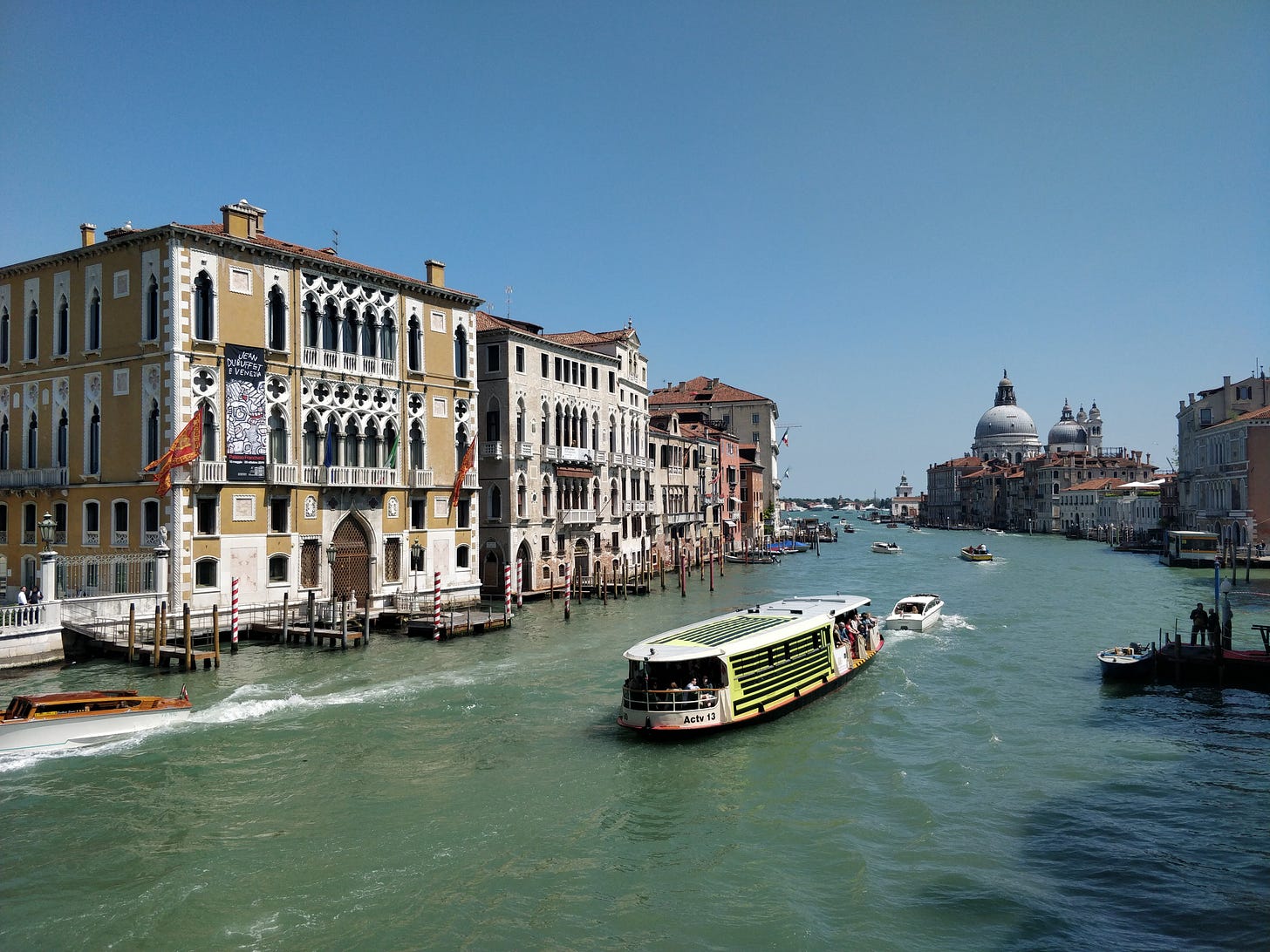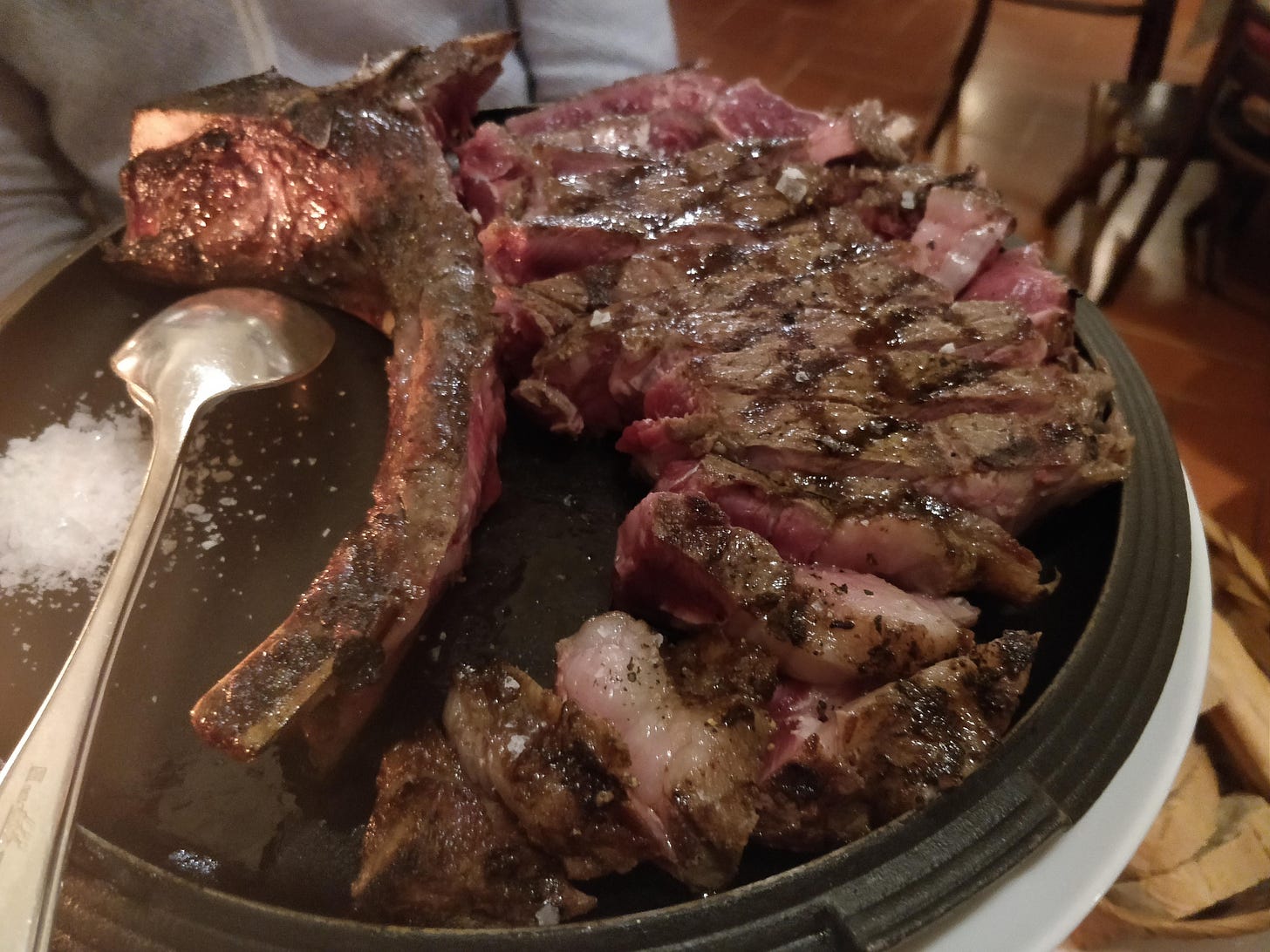Tipping Points?
A newsletter about food systems, climate change and everything connected to them
If this newsletter is arriving in your inbox a little later than usual, well, it’s because I’ve been on the road since Saturday and we only reached our destination on Thursday night, after much paperwork, a couple of COVID-19 tests and hours and hours of driving.
There was also the seasickness but let’s not dwell on the negatives shall we? So I’m taking the easy way out (again) and sharing some more great - albeit uneasy - weekend reads.
Are tipping points just around the corner?
AFP got hold of a draft report by the U.N.’s climate advisors - the IPCC, short for the Intergovernmental Panel on Climate Change - and did a package of stories around it which are all well worth a look.
This twitter thread by Kelly, who is part of the AFP team that produced this package has links to all the different stories and elements. (Full disclosure - she’s a great friend and we founded The Kite Tales together)
“Species extinction, more widespread disease, unliveable heat, ecosystem collapse, cities menaced by rising seas -- these and other devastating climate impacts are accelerating and bound to become painfully obvious before a child born today turns 30,” warned the AFP story on the main report.
This means “hunger, drought and disease” afflicting tens of millions more people within decades (emphasis mine) and the report “predicts that up to 80 million more people than today will be at risk of hunger by 2050”, according to AFP.
The U.N. has already said nearly 9% of the world’s population - 1 in 11 people - went to bed hungry in 2019 and more than 3 billion people, about 2 in 5, cannot afford healthy diets. So when you read “tens of millions more”, remember more than 690 million are already struggling to feed themselves.
Coastal zones are in particular danger and cities built along them are on the “frontline” of climate impacts, putting at risk places such as Venice, Jakarta, South Florida and Cape Town.
I can see why the AFP has released the stories now, with key meetings around food systems, biodiversity, and climate change around the corner and the IPCC report itself not coming out till Feb 2022.
Now that world leaders have a chance to see the dire warnings before they meet to decide -or stall - on a series of actions to halt catastrophic climate change, will they make better decisions? We can only hope.
Global warming below 1.7 degrees ‘not plausible’
Three researchers who did a study on the social drivers behind cutting emissions wrote a really interesting but grim article for The Conversation where they essentially said we are not going to achieve the aim of limiting global warming to of 1.5 degrees Celsius above pre-industrial levels unless drastic things happen.
The goal is a key component of the legally-binding Paris Agreement.
The study looked at 10 social drivers of decarbonisation: United Nations climate governance, transnational initiatives, climate-related regulation, climate protests and social movements, climate litigation, corporate responses, fossil fuel divestment, consumption patterns, journalism, and knowledge production.
“Deep decarbonisation requires that we reduce anthropogenic emissions in the first place. In fact, we need a year-on-year reduction in emissions from now until 2050, roughly equivalent to the 7% reductions seen during the COVID-19 pandemic,” the researchers wrote.
“None of the drivers show enough momentum to bring about deep decarbonisation by 2050, and two drivers, consumption patterns and corporate responses, actively inhibit it. Our final assessment: even if a partial decarbonisation is currently plausible, deep decarbonisation by the year 2050 is not.”
Beef prices rise but farmers lose
This interesting piece in the New York Times looked the strange discrepancy of cattle ranchers bleeding money at the same time as demand for beef is rising.
The accusation is that that the Big Four meatpacking conglomerates - Cargill, JBS, Tyson Foods and National Beef - which “account for more than 80 percent of the processed beef sold in the United States” are manipulating the market.
Beyond the normal arguments around eating beef and climate change - which I’ve written about ad nauseam here - is the same story of monopolies and small players losing out to the big muscle.
Speaking of meatpacking, here’s a post from Marion Nestle’s Food Politics blog on data showing how the presence of these facilities increases the chances of COVID-19 infection rates.
As always, have a great weekend! Please feel free to share this post and send tips and thoughts on twitter @thinink, to my LinkedIn page or via e-mail thin@thin-ink.net.






